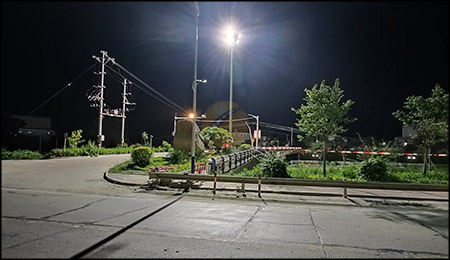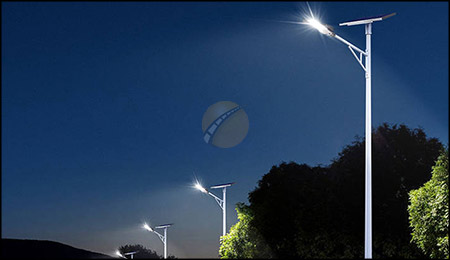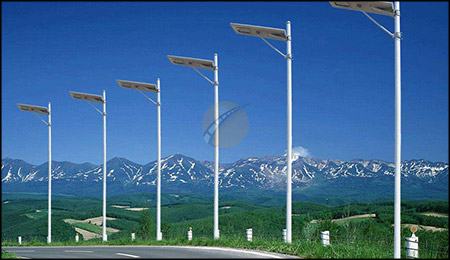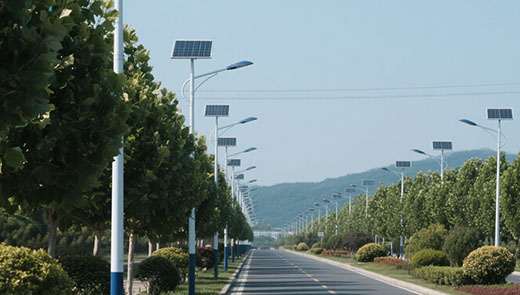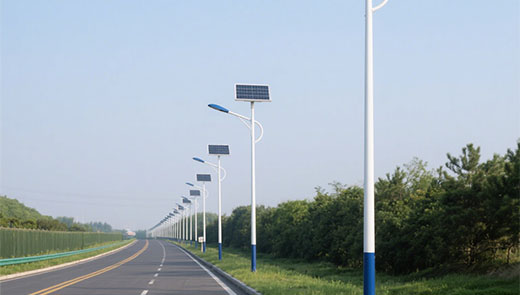How Solar Street Lights Transform Our Lives
Jan 07, 2025
Solar street lights have revolutionized the way we illuminate public spaces, offering a sustainable and efficient solution that caters to modern needs. Powered entirely by solar energy, these lights have brought convenience, safety, and environmental benefits to communities worldwide. This article delves into how solar street lights enhance our lives.
The future of solar street lighting is promising, with advancements in solar panel efficiency, battery storage, and smart control systems. Integration with IoT technology will enable remote monitoring and adaptive lighting, further optimizing energy use and functionality. As the world moves toward sustainable development, solar street lights will play a crucial role in building resilient and eco-friendly communities.
Solar street lights have brought immense convenience to our lives, transforming the way we light our surroundings. Their blend of sustainability, cost-effectiveness, and adaptability makes them an essential component of modern infrastructure. As technology continues to advance, these lights will illuminate not just our streets but also a brighter, greener future.
Convenience in Daily Life
- Reliable Lighting: Solar street lights operate independently of the grid, ensuring continuous illumination even during power outages. This reliability makes them indispensable in areas prone to electricity shortages.
- Easy Installation: With no need for extensive wiring, solar led street lights can be installed quickly and in remote or challenging locations, bringing light to previously inaccessible areas.
- Low Maintenance: Equipped with long-lasting LED bulbs and durable batteries, these lights require minimal upkeep, reducing the time and effort needed for maintenance.
Enhanced Safety and Security
- Improved Visibility: Bright and consistent lighting enhances visibility on roads, pathways, and public spaces, reducing the risk of accidents and promoting safe navigation at night.
- Crime Deterrence: Well-lit streets and public areas deter criminal activities, creating safer environments for residents and visitors.
- Emergency Situations: During natural disasters or emergencies, solar street lights provide essential lighting when grid-based systems may fail.
Environmental and Economic Benefits
- Renewable Energy Source: By harnessing solar power, these lights reduce reliance on fossil fuels, lowering carbon emissions and promoting sustainable energy practices.
- Cost Savings: Solar street lights eliminate electricity costs and have a long lifespan, making them a cost-effective investment for governments and organizations.
- Reduced Light Pollution: Advanced solar outdoor lights feature directional lighting that minimizes light pollution, contributing to a healthier environment for humans and wildlife.
Applications in Various Settings
- Urban Areas: In cities, solar street lights illuminate roads, parks, and public squares, enhancing the quality of urban life.
- Rural Communities: In off-grid regions, these lights enable nighttime activities, improve safety, and support economic growth by extending productive hours.
- Disaster-Prone Zones: Solar road lights serve as a reliable lighting source in areas affected by disasters, aiding recovery efforts and ensuring public safety.
- Commercial and Industrial Areas: Businesses benefit from solar lighting in parking lots, warehouses, and pathways, improving operations and reducing energy expenses.
Future Prospects
The future of solar street lighting is promising, with advancements in solar panel efficiency, battery storage, and smart control systems. Integration with IoT technology will enable remote monitoring and adaptive lighting, further optimizing energy use and functionality. As the world moves toward sustainable development, solar street lights will play a crucial role in building resilient and eco-friendly communities.Solar street lights have brought immense convenience to our lives, transforming the way we light our surroundings. Their blend of sustainability, cost-effectiveness, and adaptability makes them an essential component of modern infrastructure. As technology continues to advance, these lights will illuminate not just our streets but also a brighter, greener future.

